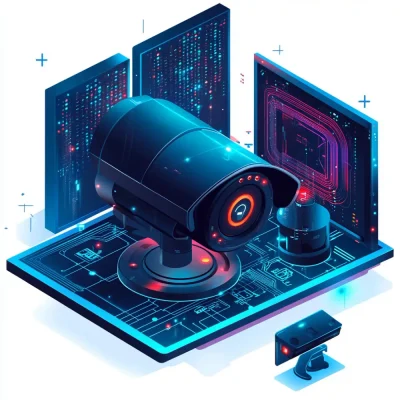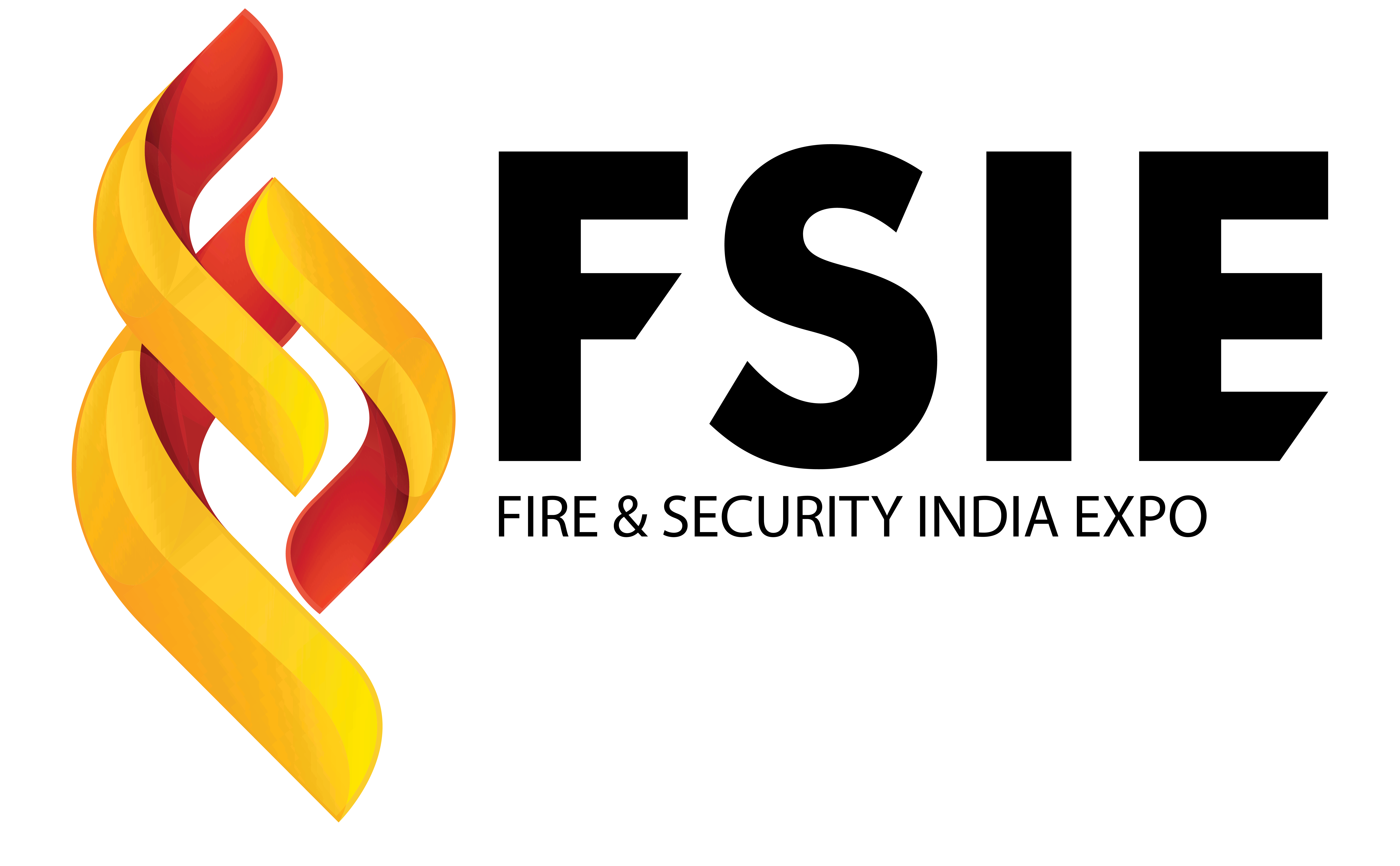AI in Security Surveillance: From Threat Detection to Response
Artificial Intelligence (AI) has stepped out of sci-fi movies and entered our everyday lives. From asking Alexa about the weather to unlocking our phones with facial recognition, AI is all around us. But one area where it’s making the biggest impact—especially in India—is security surveillance.
Think about it. Traditional CCTV cameras could only record what happened. If something went wrong, you had to go back, rewind the footage, and then figure out who did what. That’s useful, but it’s also reactive. By the time you find out, the damage is already done. AI-powered surveillance changes that story completely.
Instead of just watching, AI actually understands what it sees. It can detect unusual behavior, recognize faces, analyze patterns, and even send alerts in real time. For organizations, housing societies, industries, and government bodies in India, this is no less than a revolution in safety.
Let’s dive deeper and see how AI is transforming surveillance—from threat detection to actual response.
Why Traditional Surveillance Isn’t Enough
India is growing rapidly, and with that comes rising concerns about theft, trespassing, vandalism, and even cyber-physical threats. Traditional CCTV setups have three big limitations:
- Too much data, too few people – Imagine monitoring thousands of cameras in a metro station or an airport. No human team can watch that much footage continuously without missing something.
- Reactive, not proactive – A regular camera records incidents but doesn’t prevent them.
- No intelligence – The system cannot distinguish between normal and suspicious behavior.
That’s where AI comes into play—it adds the much-needed brain to the eyes.
At its core, AI surveillance combines computer vision, machine learning, and real-time analytics.
- Computer vision allows AI to “see” what’s happening through cameras.
- Machine learning helps it learn from past incidents and recognize patterns.
- Analytics makes sense of the data and sends alerts when something unusual happens.
For example, if someone leaves a bag unattended at an airport, traditional CCTV just records it. An AI-powered camera, on the other hand, can immediately flag it as suspicious and notify security personnel.

Real-Life Applications of AI in Surveillance
Here are some practical ways AI is being used in India and around the world:
1. Facial Recognition
AI can scan faces in real-time and match them with databases of known criminals or missing persons. This is already being tested in Indian airports and railway stations for crowd safety.
2. Intrusion Detection
AI can differentiate between a stray dog entering a building and a person trying to break in. No more false alarms from simple motion sensors.
3. Crowd Monitoring
From cricket stadiums to political rallies, crowd management is a big challenge in India. AI surveillance can track crowd density, detect panic situations, and help prevent stampedes.
4. Behavior Analysis
Unusual behavior—like someone loitering in a restricted zone or moving against the flow in a metro station—can be detected instantly.
5. License Plate Recognition
For cities battling traffic violations and car theft, AI cameras can scan license plates and track vehicles in real time.
AI in Threat Detection
AI doesn’t just capture video—it understands context. Here’s how it helps in threat detection:
- Detecting weapons – AI can be trained to recognize guns or knives in a live feed.
- Identifying abandoned objects – A suspicious bag in a crowded place is flagged immediately.
- Spotting fights or aggressive behavior – AI systems can analyze body language and alert before things escalate.
This proactive detection saves time and potentially lives.
AI in Threat Response
Detection is one side of the coin. The real power comes when AI helps in responding to threats quickly.
- Instant Alerts – Security teams receive real-time notifications on their phones or monitoring systems.
- Automated Lockdowns – In sensitive buildings, AI can trigger automatic door locks if an intrusion is detected.
- Integration with Emergency Services – AI systems can directly alert local police or fire departments in emergencies.
- Data Sharing – AI surveillance can send relevant video clips instantly, saving critical response time.
In short, AI bridges the gap between “seeing a threat” and “taking action.”
Also read: What is building security and why is it important
Benefits of AI-Powered Security Surveillance
- 24/7 Smart Monitoring – Unlike humans, AI doesn’t get tired, bored, or distracted.
- Faster Response – Real-time alerts reduce response time dramatically.
- Cost-Effective – Fewer security staff are needed to monitor large areas.
- Scalable – From a single office to an entire smart city, AI systems can expand easily.
- Evidence & Insights – AI doesn’t just help in prevention; it also provides accurate data for investigations.
Challenges of AI in Security Surveillance
Of course, no technology is perfect. AI surveillance faces challenges too:
- Privacy Concerns – People worry about being constantly watched.
- Data Security – If hacked, surveillance data could be misused.
- False Positives – Sometimes, AI might misinterpret actions and raise unnecessary alarms.
- High Initial Cost – Setting up AI-powered systems is expensive, though costs are falling over time.
Balancing security with privacy will be a big topic of discussion in India as AI adoption grows.
Future of AI in Security Surveillance
The future looks exciting—and a little futuristic:
- Smart Cities – With projects like Smart City Mission in India, AI surveillance will be everywhere, from traffic lights to public parks.
- Integration with Drones – AI-enabled drones can patrol large areas like ports, warehouses, or forests.
- Predictive Security – AI will not just detect threats but also predict them by analyzing past trends and behaviors.
- Voice & Emotion Recognition – Future systems may even detect stress or anger in voices and facial expressions.
In other words, security surveillance is moving towards preventive intelligence instead of reactive monitoring.
Final Thoughts
AI in security surveillance is no longer a luxury—it’s becoming a necessity. Whether it’s a shopping mall, IT park, manufacturing unit, or public transport hub, AI can provide a safer, smarter, and faster way to manage risks.
For India, where population density and security challenges are high, this technology could be a game changer. But it’s equally important to use AI responsibly—protecting people while respecting their privacy.
As we move towards smarter cities and digital transformation, AI surveillance will continue to grow. The real question is: are we ready to trust AI with our safety?
